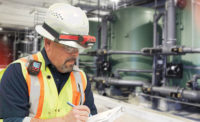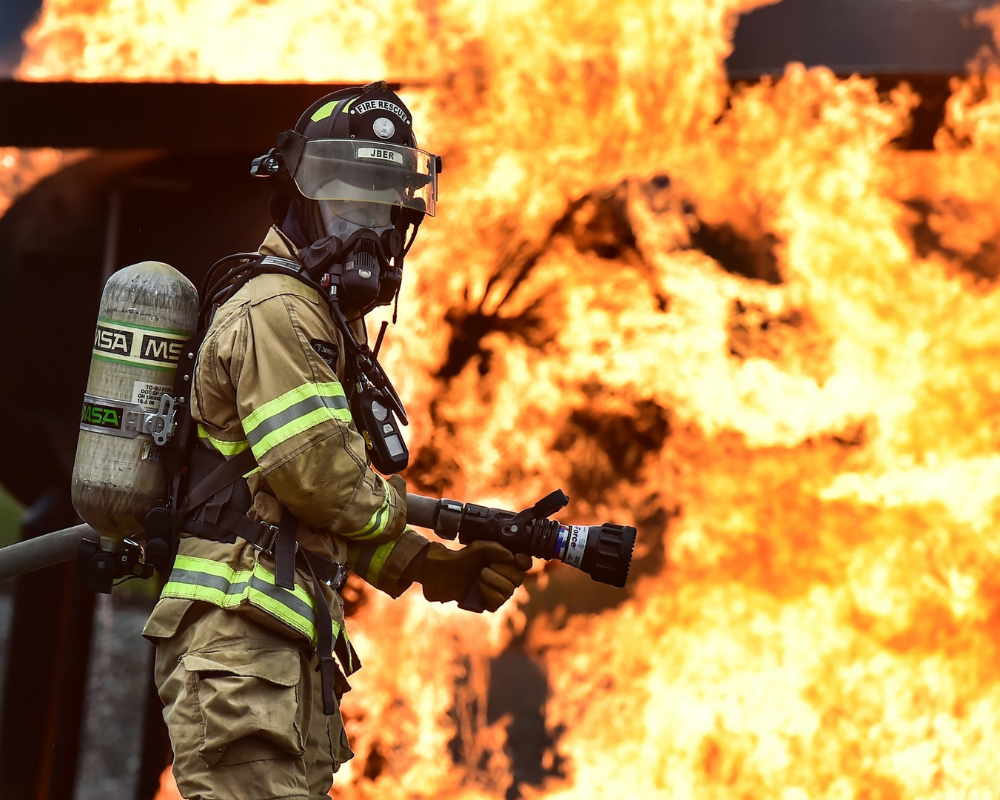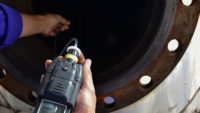Technology is pushing the safety industry to new heights. From transportation to manufacturing, interconnected mobile apps and Wi-Fi-enabled software programs have made it easier to share, record, and analyze important safety information. These small devices are powering the world in all sorts of ways. Discover just how far this technology has come in recent years.
Gathering safety information remotely
Keeping customers and workers safe is all about having the right information. Safety managers need to collect data on their operations to make sure certain areas are safe for human occupancy. They also need to monitor the tools they use to monitor the workspace to make sure they are working properly. Before digital apps and software programs, many facilities used to monitor their surroundings using safety inspection sheets, which would then get logged away in a file cabinet. However, records can easily go missing, and analyzing all this data manually can be time-consuming.
That’s why more companies have started using digital apps and sensors to record this information. From gas leaks to preventative maintenance, remote apps and sensors gather information remotely before passing it on to the safety manager. This means staff and personnel can monitor important safety information 24/7 from the comfort of their office, or even on the go.
With mobile gas detectors and other remote safety tools, managers do not have to send staff to the area in question. This reduces the risk of workplace accidents and injuries. Employees do not have to worry about going into a confined space without the proper personal protective equipment when they can monitor the space safely from a distance.
Keeping workers mobile has become the new normal in the safety industry. Employees shouldn’t feel tethered to certain workstations or pieces of equipment. They may lose sight of their surroundings if they can’t move around freely throughout the space. This also helps keep workers on their toes, so they can respond to potential hazards immediately.
Analyzing safety information
The program automatically keeps a log of all safety information. This database is searchable, so managers can easily go back through their records. The company can also compile all this information into a single report, which makes it easy to share this information with business partners, clients, federal regulators, and other essential parties. This information will then be saved in the cloud, making it accessible to all parties.
Managers can also analyze this information as time goes on to get a better sense of their operations. This helps the company identify and address certain problem areas or trends that may pose a threat to staff or the general public. Analyzing this data helps companies see the bigger picture, so they can fix potential issues before they turn into a real-world problem.
Confined space monitor
A confined space gas monitor with Bluetooth is a great example of how far this technology has come in recent years. Portable gas monitors are extremely light these days, weighing as little as 5 ounces. This helps workers stay mobile when occupying a confined space or hazardous work environment. They can move freely throughout the space without getting weighed down by additional equipment.
These types of mobile gas monitors can detect the four main confined space gases, including CO, H2S, LEL, and O2. The alarm will automatically go off in certain situations, based on the amount of toxic gas in the air. The monitor can send and share information using Bluetooth wireless communication. The device automatically uploads gas and meter readings to the included app, which is free on iOS and Android devices, so managers and other facility personnel can monitor this information from a distance in real time.
If an explosion or leak should occur, team members and managers can receive a pop-up message, or push-notification, on their handheld device, which reduces confusion in the workplace. This allows managers and other staff members to respond quickly in the field. Managers can quickly alert other staff members of the threat or hazard in question, so everyone can evacuate the space immediately.
Often, these monitors might also come with “Man Down” and “Panic” alarms for responding to unique emergencies in the workplace. Once the user presses a button, if the device has that capability, managers will know that something is wrong. This accelerates the rescue process, so managers can retrieve the fallen worker as quickly as possible.
Leaders in the personal safety industry have been updating many of their best-known gas detectors with mobile technology to keep workers safe in the field. Many modern companies are dedicated to using the latest gas detection and monitoring technology. These features have proven to be effective in the field, and mobile technology has become the norm in recent years.
Treating workers with respect
As these trends continue taking the safety industry by storm, workers have come to expect these features on the job. Employees need to know that someone is always monitoring their workplace. Having a second pair of eyes monitor important safety information can make all the difference in the world, especially when every second counts. Without Bluetooth apps and wireless communication, workers may feel as if they are on their own when working in confined spaces. Unable to send and share their findings, they will be responsible for their own health and safety.
Using these apps and software programs adds an additional layer of security, so managers and their workers can work together when monitoring the workplace.
Mobile apps in the safety industry have come a long way in recent years. Companies will continue to capitalize on these trends to improve the quality of their safety equipment. It’s all about saving lives and preventing accidents and injuries in the field, one push-notification at a time.



